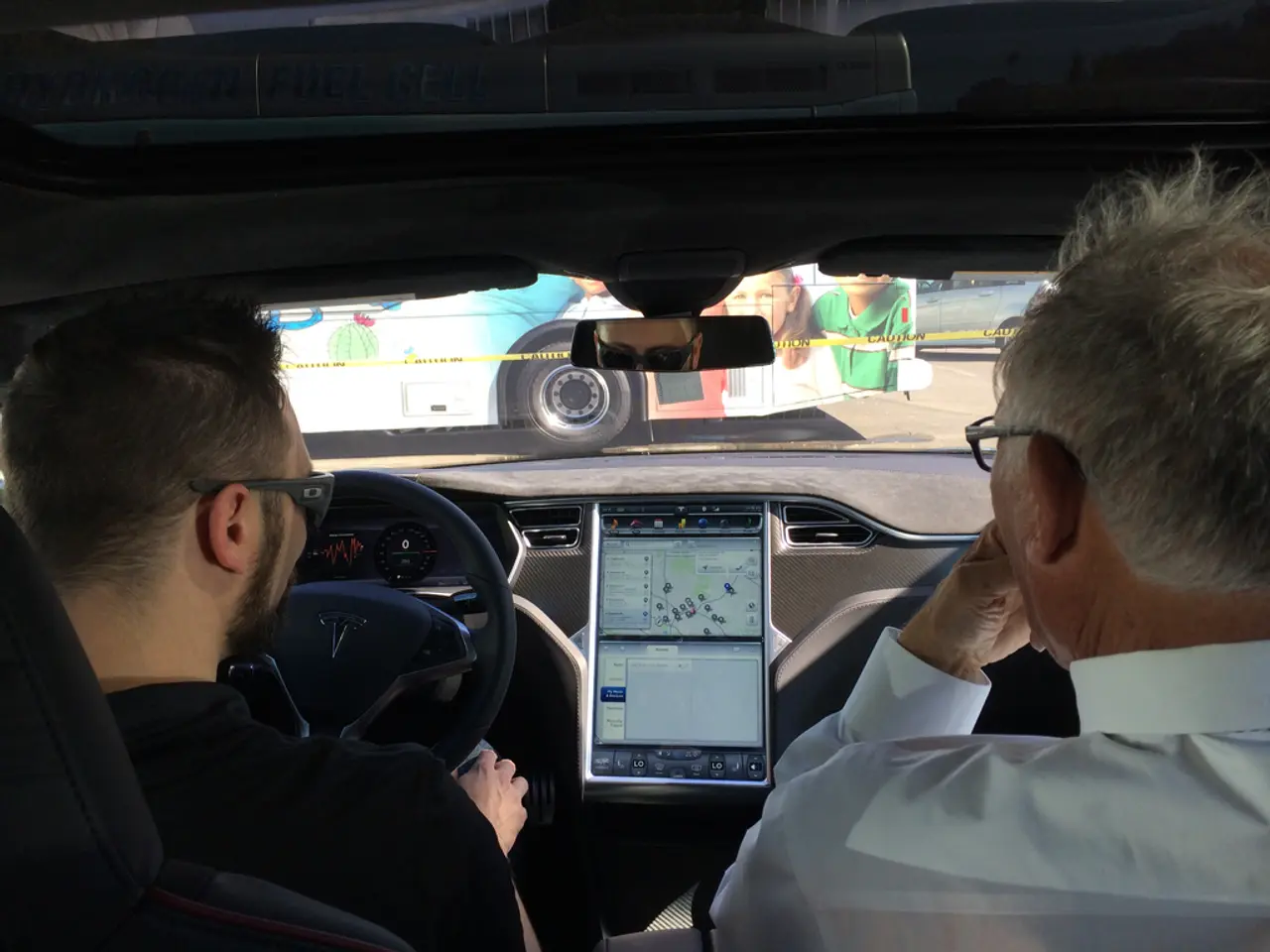India's Toll Revolution: Satellite-Based System by April 2025
The Indian government is set to revolutionise toll collection on national highways. By April 2025, it plans to introduce a satellite-based system that uses GPS technology, replacing the current RFID-based FASTag system. The National Highways Authority of India (NHAI) will oversee this rollout, with technical support from the Indian Space Research Organisation.
The new system, which has already proven effective in trials, employs the global navigation satellite system (GNSS) and onboard units (OBUs) in vehicles to track movement and calculate toll charges based on distance travelled. During initial trials on a 1,000-km stretch of highways, the system reduced delays and enabled seamless toll transactions.
To benefit local commuters, the system includes a 20km daily exemption for short-distance travellers. The Indian government aims to extend GNSS coverage to approximately 2,000km of highways by mid-2025. This expansion is expected to save around ₹20,000 crore (£1.94bn) annually in fuel and productivity losses due to reduced traffic bottlenecks. During the transition, the new system will coexist with FASTag, with dedicated lanes for vehicles equipped with GNSS technology.
The shift to a satellite-based toll collection system is expected to enhance efficiency and reduce congestion on Indian highways. With the NHAI and ISRO working together, the rollout aims to be precise and reliable, benefiting both commuters and the economy.







